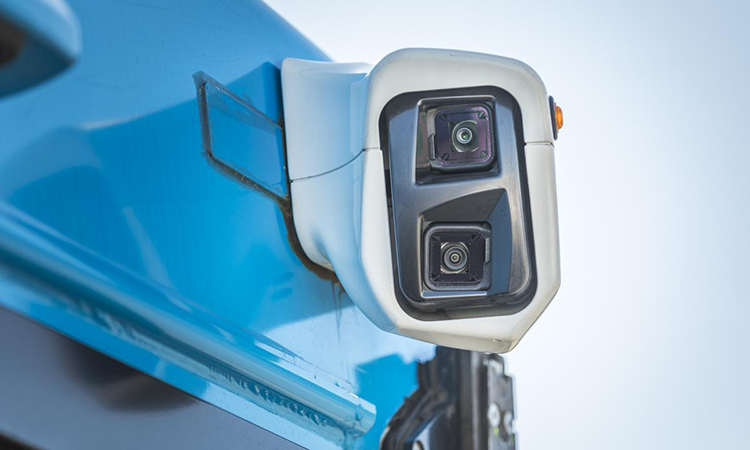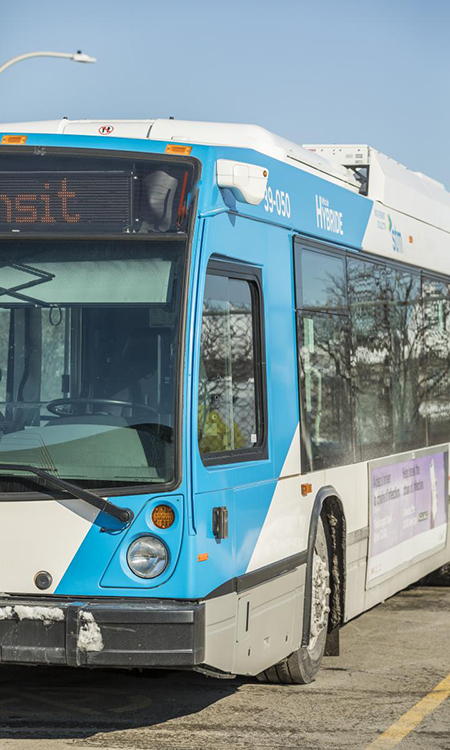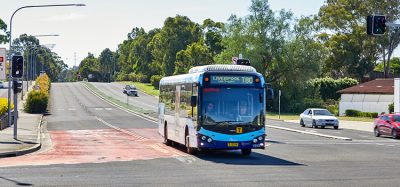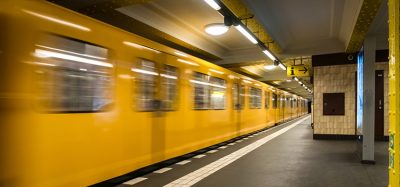STM to begin road testing of rear-view cameras on buses
- Like
- Digg
- Del
- Tumblr
- VKontakte
- Buffer
- Love This
- Odnoklassniki
- Meneame
- Blogger
- Amazon
- Yahoo Mail
- Gmail
- AOL
- Newsvine
- HackerNews
- Evernote
- MySpace
- Mail.ru
- Viadeo
- Line
- Comments
- Yummly
- SMS
- Viber
- Telegram
- Subscribe
- Skype
- Facebook Messenger
- Kakao
- LiveJournal
- Yammer
- Edgar
- Fintel
- Mix
- Instapaper
- Copy Link
Posted: 14 January 2022 | Intelligent Transport | No comments yet
Working towards increased safety for all road users by combining cameras and high-definition screens in place of rear-view mirrors, STM will test its new rear-view cameras on two buses for a one-year period.


Credit: Société de transport de Montréal
In one of the first pilot projects of its kind in North America, the Société de transport de Montréal (STM) has announced that it will test a cutting-edge system combining cameras and high-definition screens to replace rear-view mirrors on its buses. In January 2022, two buses equipped with the systems will begin serving customers for a one-year testing period.
The system is expected to benefit the safety of all road users by helping to reduce vehicle blind spots, increasing the driver’s field of vision and improving visibility in difficult conditions (darkness, bright sunlight, tunnels, etc.).
Road testing represents an important milestone in a process of testing, validation and fine-tuning that began before the pandemic, with closed-course testing under different operating conditions.
“The drivers who took part in the testing were very enthusiastic about it, and I would like to thank the union representatives for their involvement,” said Marie-Claude Léonard, Executive Director of Bus and Metro Operations at STM. “This is a promising project that employs our teams’ innovative minds to find solutions to very real problems, while aligning with the City of Montreal’s Vision Zero principles.”


Credit: Société de transport de Montréal
Furthermore, replacing rear-view mirrors with more compact and sturdier cameras would improve the sustainability of the system. Every day, buses are serviced on the road or returned to the garage due to rear-view mirrors breaking because of collisions. However, this would not be an issue with the new system – improving the quality of service, as buses can remain on the road longer.
In order to make it easier to transition from buses with regular rear-view mirrors to ones with cameras, the camera display screens are located on the pillars to the left and right of the driver’s compartment, to allow drivers to maintain their visual scanning habits at the wheel.
For maximum efficiency, particularly in winter weather, STM teams have designed a device to keep the camera lenses clean. Using the pneumatic system already present on all STM buses, it directs a jet of forced air into the camera lens to clean it. The device can be activated on demand or automatically.
As part of the pilot project, STM will assess the system in terms of performance in various conditions, robustness, reliability and driver satisfaction. The results of these tests will help STM to decide whether to equip the rest of its current and future vehicles with this type of system.
With the bus network electrification well underway, this marks another concrete step forward in modernising the STM bus network.
Related topics
Fleet Management & Maintenance, Public Transport, Staff & Skills Development, Vehicle & Passenger Safety
Related modes
Bus & Coach
Related cities
Montreal
Related countries
Canada
Related organisations
Société de Transport de Montréal (STM)
Related people
Marie-Claude Léonard







